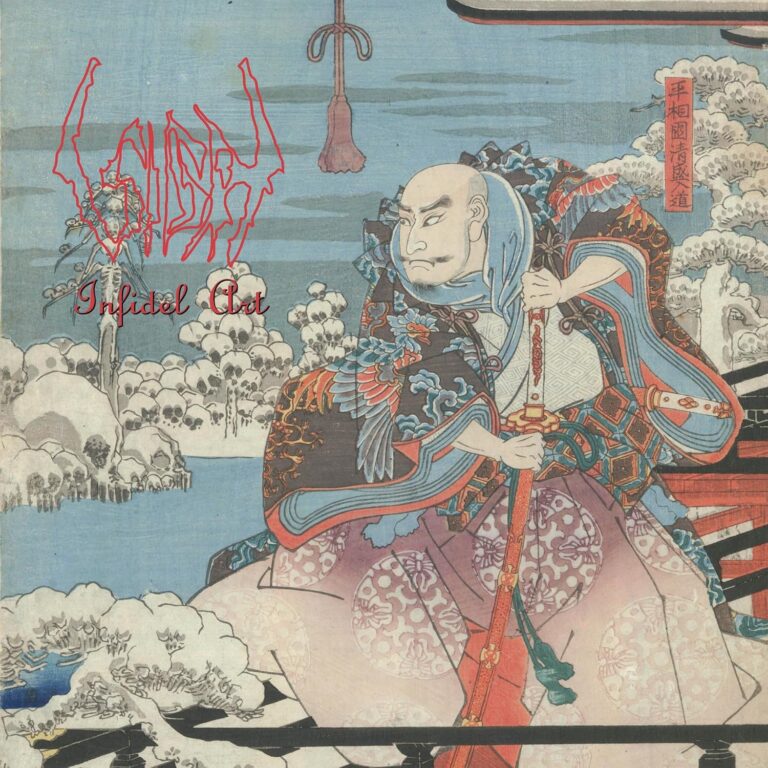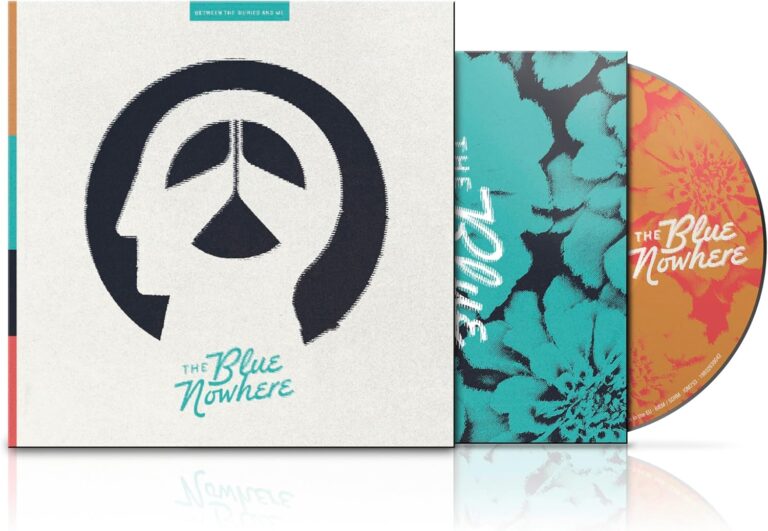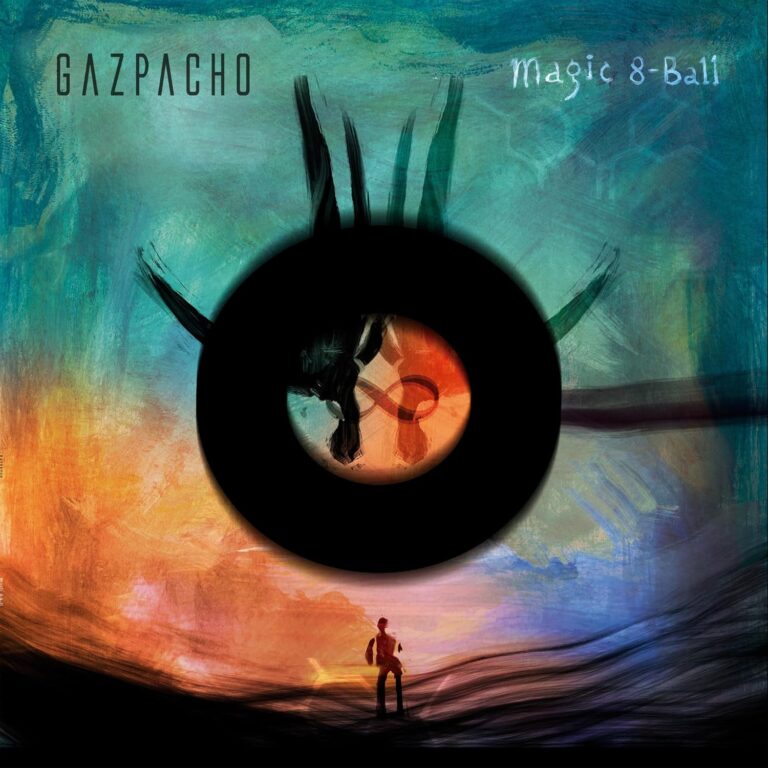A band resistant to simplistic genre tagging, Agalloch have long confounded expectations with their releases. Citing influences over the years as diverse as Swans, Ulver, Godspeed you! Black Emperor and Katatonia, the band exist in that small bracket of bands who can genuinely be called progressive as opposed to those bands who simply plug in retro gear and pay tribute to the progressive bands of yesteryear. It is that unquenchable thirst for finding a unique sound that has made Agalloch special and new album, ‘the serpent and the sphere’ may well be the band’s most expansive and diverting release yet.
Handsomely packaged, ‘the serpent…’ comes in a beautiful, di-cut digi-pack which contains both the CD and a beautifully designed booklet (courtesy of John Haughm*) all of which makes this an elegant album to have stored on your shelf. Stunning packaging and art is, of course, not entirely indicative of content, but when a band takes so much trouble to present themselves in a certain way it is hard to imagine that the contents is without merit.
In this case the content not only matches, but surpasses the packaging. The band take their time building their songs, the album opening with the ten minute epic ‘Birth and the death of the pillars of creation’, and such is the range and depth of emotion and musical ground covered that these pieces of music could almost be considered mini-symphonies. A slow-burning, strangely beautiful piece of music, ‘Birth…’ has a doomy structure, built around huge, crashing chords played in slow-mo, but augments this with aching lead runs that shimmer in the air and black metal vocals which spit and scream in the darkness. The result is a piece of music that draws upon the likes of Burzum, My Dying Bride, Katatonia and Ulver for inspiration whilst maintaining its own, satisfyingly unique identity. It is a brave opening and segues straight into the gentle ‘(serpens caput)’, a short and entirely stunning piece of gently picked guitar work which forms a bridge to the folk-infused ‘The astral dialogue’, a churning miasma of powerful riffing, black metal style vocals and folk rhythms. The most typically metal song on the album, ‘the astral dialogue’ dispenses ice cold riffs and a ferocious atmosphere before dissipating in the face of ‘dark matter Gods’, a track which veers into post metal territory with its haunting solos, whispered lyrics and throbbing bass. Clearly unafraid to chase the muse wherever it takes them, the music of Agalloch is still heavy, but in a very different vein to previous albums. Much of the music here is aimed much more at weaving a mood and atmosphere than simply devastating the senses with unholy barrages of noise. The result is an album which flows beautifully, moving through the tracks in an elegant manner that is entirely captivating.
Segueing directly out of ‘dark matter gods’, ‘celestial effigy’ opens amid the rumble of toms and then progresses via harmonised guitars into a sort of cross between Katatonia and a slowed down Iron Maiden. Drawing upon the latter band’s manner of underpinning cleverly woven lead guitar lines with throbbing bass and powerful percussion, Agalloch craft a memorable piece of music that haunts the senses with its carefully measured growth, the riffs slowly piling upon one another until the song becomes a furious tsunami of fiery riffs and serpentine vocals. ‘Cor serpentis (the sphere)’ is another beautiful bridging track that demonstrates the stunning abilities of N Larochette whose playing is as much about feel as it is about technical ability. The result is a magical piece of music that traverses the centuries and can truly be called a timeless piece of music that will continue to resonate in the years to come. ‘Vales beyond dimension’ returns the album to a more earthy plain with its heavy percussion and taut riffs, the result veering into the territory between Fields of the Nephilim and ‘gothic’-era Paradise Lost. ‘Plateau of the ages’ sees the album drawing to a close, the ten minute instrumental highlighting the band’s intuitive grasp of melody. It’s a wonderful piece of music that never pales despite its length and it leads to the fitting conclusion, ‘(serpens cauda)’ which closes the album on an emotive high with one last glimpse of the beauty Agalloch have allowed to creep into their music over the years.
‘The serpent and the sphere’ is not an easy record. It is not a record to put on if you’re after a quick metallic fix and the music is so densely plotted that the album also requires time and effort to appreciate its charms. An initial listen finds the music ebbing and flowing over the listener, the intricacies present but not immediately apparent. Subsequent listens, however, particularly with no other distractions, allows the depth of composition to shine through and the sheer skill and inventiveness that has gone into the album to shine all the brighter. This is an album that transports the listener, an album that roams the post-metal hinterlands drawing upon all manner of influences, weaving them into a remarkably cohesive whole. There is beauty here, sadness, despair and hope, all woven into one magnificent tapestry. It is not music that will serve everyone’s desires to be sure, and for those hoping for a more ferocious, blackened exploration, this album is liable to disappoint. However, for those with a taste for music that truly captures the meaning of the world progressive, Agalloch have crafted a beautiful and beguiling album that will more than warrant repeated listens. ‘The serpent and the sphere’ is a remarkable, beautiful album and well worth exploring in depth.
*Using paintings, etchings and photographs from Niels Geybels, Markus Wolff, Jakob Bohme (1575-1624) and Velda Thorsson)





